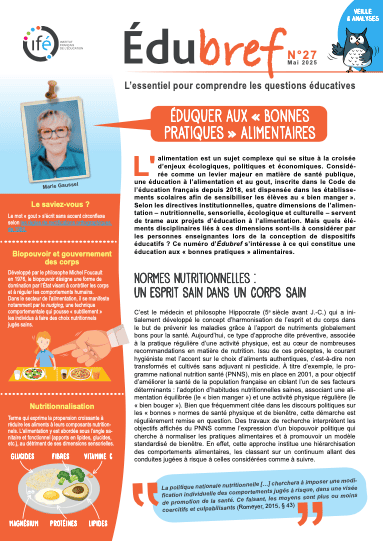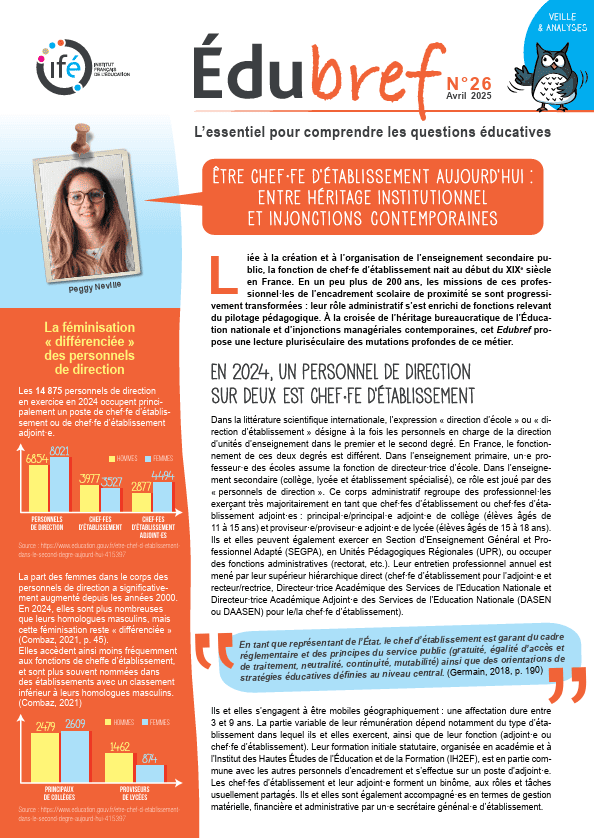Inequalities in GCSE results across England and Wales
Auteur(s) : Luke Sibieta et Joana Cardim-Dias
Editeur(s) : Education Policy Institute
Date : 07/2022
New research from the Education Policy Institute (EPI) into the impact of educational inequalities across England and Wales, funded by the Nuffield Foundation, reveals that Welsh schools suffer a wider disadvantage gap than English schools, but that both nations have made only modest progress in closing this gap during the last decade. This is the first report into educational inequalities in Wales and England over the last decade.
The ‘disadvantage gap’ is a leading measure of social mobility and an indicator of policymakers’ progress in reducing inequalities in education.
Pupils are classed as “disadvantaged” if they were eligible for free school meals in the past six years, and “persistently disadvantaged” if they were eligible for free school meals for 80 per cent of their time in education.
Comparing educational inequalities across England and Wales is challenging based on published statistics, due to different reforms to GCSEs and performance measures over time across the two nations. We make use of detailed administrative data for both nations and apply tried and tested methods for assessing the disadvantage gap over time, in the face of multiple reforms.
EPI research finds that whilst Wales suffers a greater disadvantage gap in GCSE results than England, progress in narrowing disadvantage gaps has been modest for each nation over the last decade.
Figures on the impact of educational inequality for 2019 reveal Wales’ disadvantage gap to stand at 22 – 23 months, with England’s narrower at 18 months. Disappointingly, corresponding figures from 2011 show slow progress in narrowing these gaps, with figures only down from disadvantage gaps of 24 months in Wales and 20 months in England in 2011.
Persistently disadvantaged pupils experienced still larger disadvantage gaps, with those in England suffering a persistent disadvantage gap of 23 months and those in Wales experiencing 29 months. With little sign of these persistent disadvantage gaps closing, alongside an expectation of a growing number of pupils in this category, improving educational outcomes for the persistently disadvantaged should be prioritised by policymakers.
While it’s clear that Welsh schools in deprived areas suffer greater disadvantage gaps than their English counterparts, the report finds no evidence of this difference being a result of policy divergences between the two nations over the last decade.
Although reasons for Wales’ higher disadvantage gap predate 2010, the Welsh local authorities with the highest disadvantage gaps should still seek best practice from those deprived areas of England faring better with comparable demographics. There are many comparable areas of England with similar levels of persistent poverty, but lower disadvantage gaps, such as Barnsley, Gateshead, Portsmouth, Salford, Stockton-on-Tees and Rotherham.
To improve social mobility across each nation, EPI encourages a renewed focus to be targeted at narrowing disadvantage gaps within schools.
Télécharger le document : https://epi.org.uk/.../Inequalities-in-Wales-and-England.pdf
mot(s) clé(s) : inégalités, résultats scolaires














